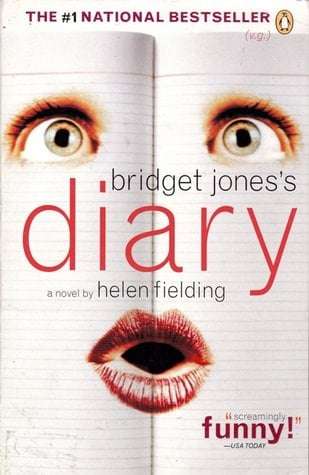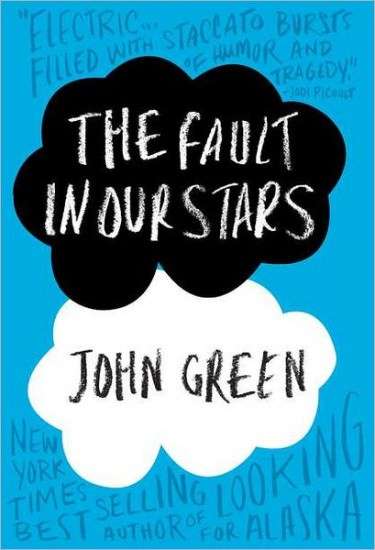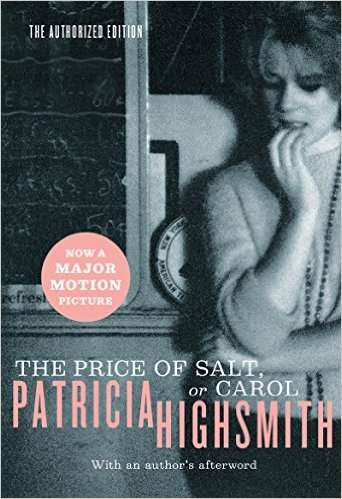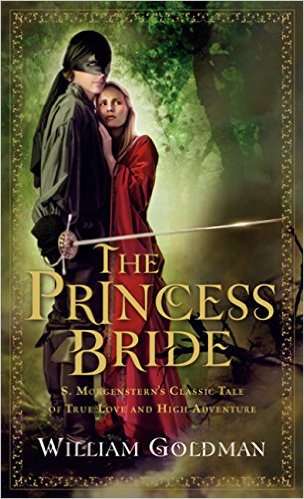It’s no secret that a bunch of the books we consider uber-romantic are actually kind of creepy. Tweens found Edward Cullen irresistible, despite the fact that he has an over 100 year age difference from his 17-year-old girlfriend. Grown women find Mr. Rochester’s Byronic shtick super sexy, even though he literally locked his wife in an attic for years and dressed up like a creepy “gypsy fortune-teller” to trick his new squeeze into revealing her feelings for him.
While we as readers can’t help who we’re desperately attracted to, a lot of the time even the romantic leads who aren’t bad boys still have glaringly problematic issues that I just can’t get over. So, here are some options for literary crushin’ that you don’t need to feel guilty about!
1) Mark Darcy, Bridget Jones Diary by Helen Fielding (Penguin Books, 2001)
Mark Darcy is Mr. Darcy in his final form. Sure, he’s still initially an insulting, uptight jerk towards too-real heroine Bridget, but he’s far quicker to reform his initial opinions of her, and he likes her “just as she is.” He apologizes perfectly, saves her mother from embarrassment, and (spoiler alert) changes the trajectory of his career to be with her. He does this, all the while avoiding being creepy, patronizing, and putting her on a pedestal.
2) Augustus Waters, The Fault in Our Stars by John Green (Penguin Books, 2014)
This book about teens struggling with terminal cancer diagnoses rips your heart out and stomps on it several times. This seems like an obvious statement for a book about teens with cancer, but the heartache mainly stems from how fantastic the character Augustus Waters is. The heroine, Hazel, falls in love with him because he’s charming, hilarious, respectful, and because he instantly loves her favorite book. While Hazel begins the novel with a somewhat cynical perspective on her illness, Augustus (who also has cancer) inspires her to embrace life with his oddly-optimistic-despite-being-fatalistic philosophy.
3) Carol, The Price of Salt by Patricia Highsmith (W.W. Norton, 2004)
Revolutionary at the original time of its publishing, this love story between two women features the fierce, glamorous Carol, made popular in the 2015 film adaptation Carol by Cate Blanchett. Therese, a quiet girl working in a toy shop, falls for the fashionable blonde woman who stops into her store – and the two develop a deep relationship. Carol is honest about her sexuality, and has her priorities in order –- even leaving Therese for a short time to try and gain custody of her daughter from a husband who is threatened by her sexuality. Confronted with evidence of her affair with Therese, Carol refuses to deny her true self and eventually makes up with her girlfriend, deciding to live with her rather than in secrecy. Seems like a winner to me.
4) Westley, The Princess Bride by William Goldman (Harcourt Reprint, 2007)
Westley is the archetypal perfect leading man. Sure, he leaves Buttercup to pursue a life of piracy, but he only does it to get enough money to marry her. He endures torture, rats of unusual size, iocaine powder and being “mostly dead” for his lady love, all while maintaining the plucky hilarity of a swashbuckling hero. Buttercup could stand to grow a bit more of a backbone, but fundamentally, Westley doesn’t just love her, he respects her. And honestly, if I were about to be married to someone as vile as Prince Humperdinck, I’d want rescuing, too.








